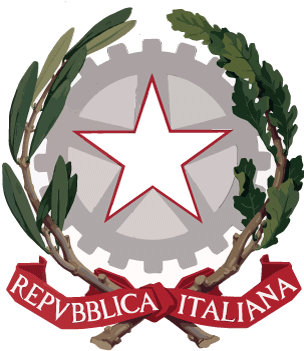First, choose an event o a place to visit
Select the date from the calendar and indicate the number of people to send your booking request.
You will be contacted by our staff. Thank you.
Fill out the form with your data to confirm your booking.
Thank you. Your booking code is {{codice}}, we have sent a summary email to the address {{email}}

XIII century
The church is dedicated to St. Martin of Tours, a saint originally from Pannonia, former military man and then bishop of Tours and apostle of Gaul (cited by A.Sacco). It is located in the ancient district of Tuorno (or Torno) or Gerone; it is already documented in 1292 and is one of the nine parishes annexed, in 1498, to the mother church of San Michele Arcangelo. The church has a single rectangular nave, with a richly frescoed vault. The entrance is raised five steps above the square in front. The facade has an imposing portal with a scroll bearing the effigy of St. Martin and two funerary aedicules from Cosilinum. The presbytery occupies a limited space, but made particularly solemn by the presence of the majestic altar in Padula stone and polychrome marble, which dates back to the mid-18th century, the work of local craftsmen. The ancient sacristy is behind the apse, in the left corner. The vault features three frescoes: the first of San Michele Arcangelo with the inscription Similis ero (I will be dimile to God) underneath; the second depicts Maria SS. Assumed into Heaven with the Child who opens his arms between St. Martin and another deacon, dated 1812, under the painting, among the souls in purgatory, we read the phrase Sancta est cogitatio pro defunctis exorare. The third represents San Filippo Neri (1812), the work of artists from Padulo.
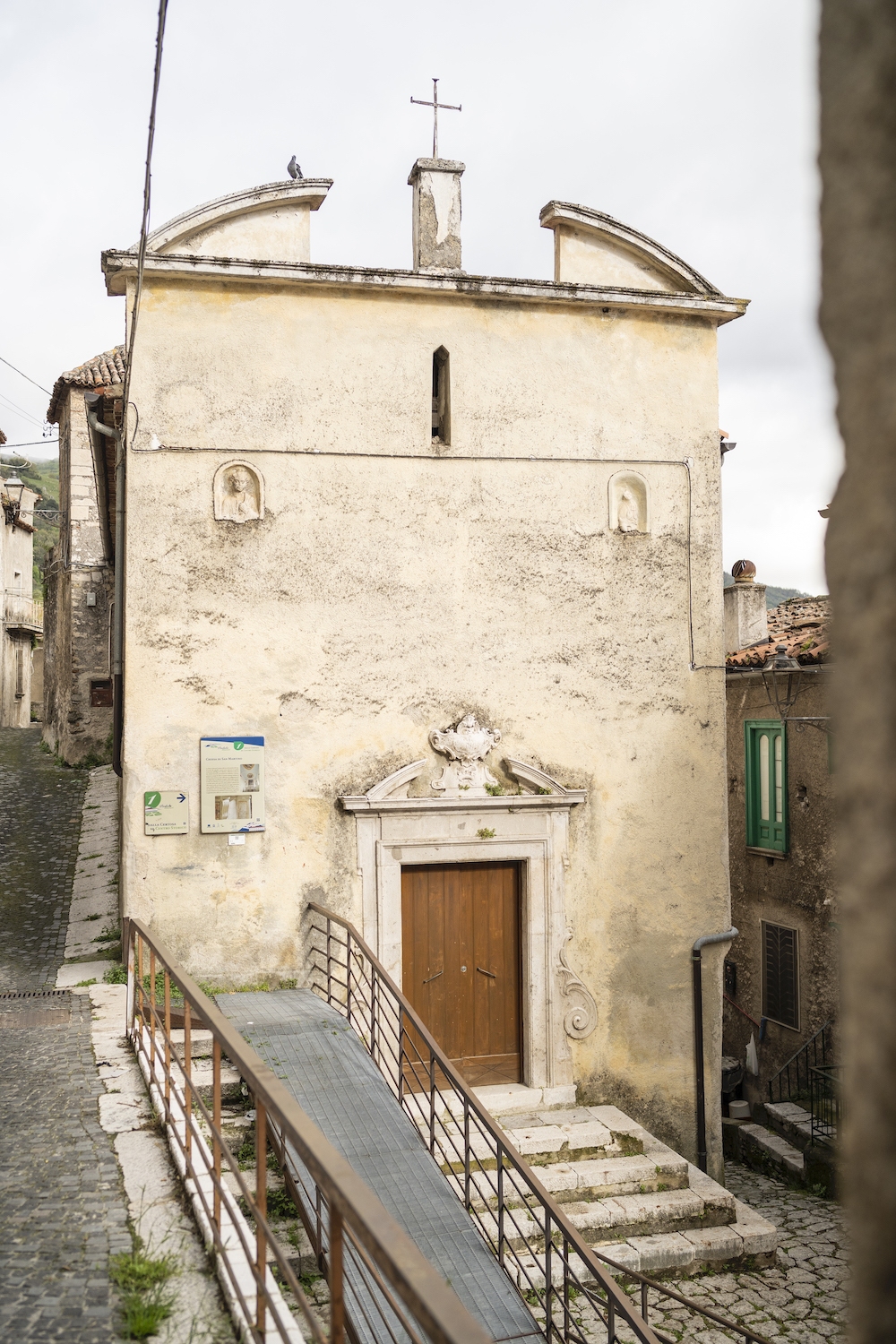
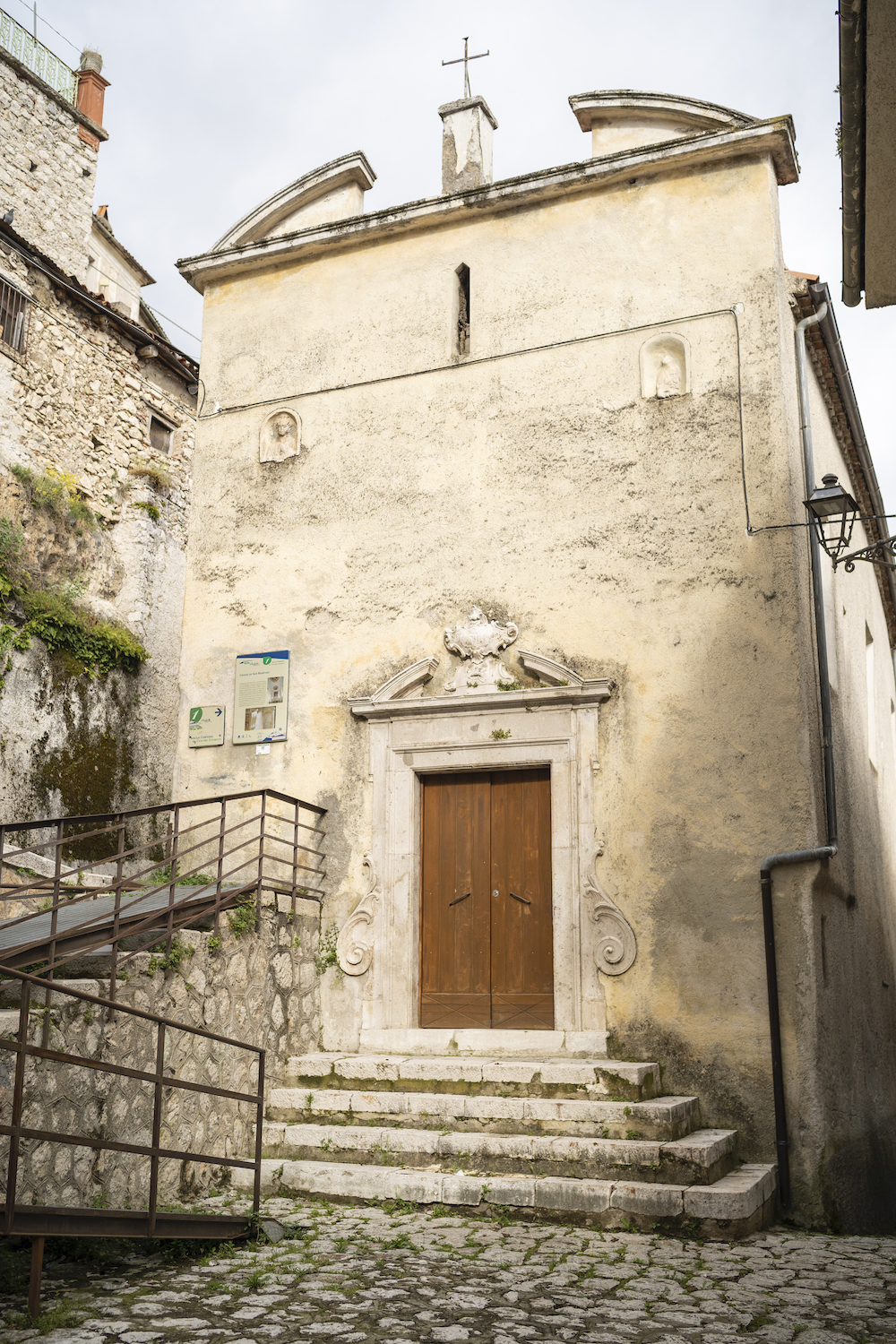

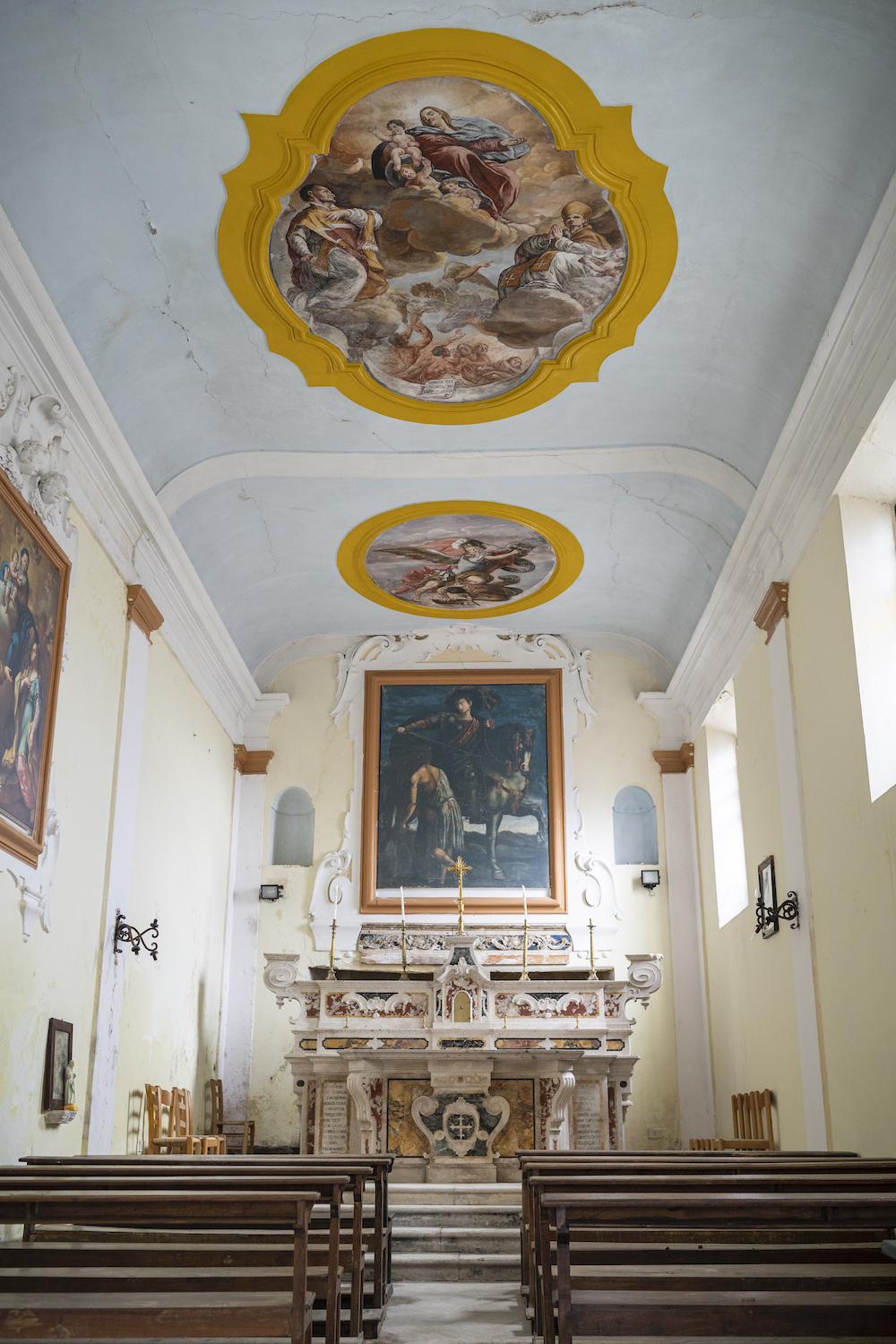
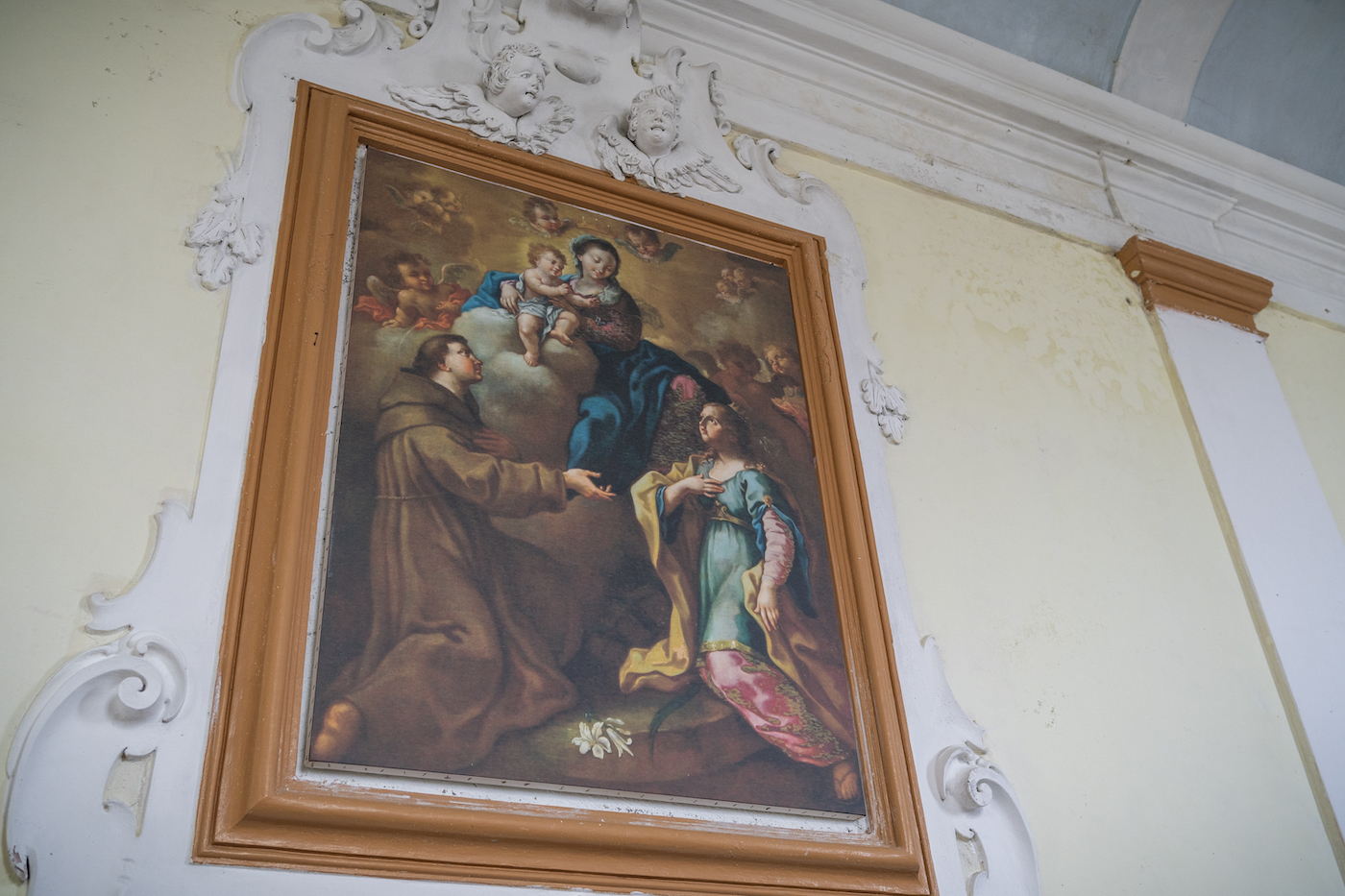
Padula, famous throughout the world for the monumental Certosa di San Lorenzo, a UNESCO heritage site, is rich in artistic and architectural elements, made up of churches, streets, statues and votive aedicules also made of local stone which bear witness to 1100 years of life. Therefore, it is not possible to overlook the context in which the Carthusian site was built and above all to overlook two fundamental elements: the matter and the spirit of the Certosa. Discover the itineraries through the territory of Padula.



